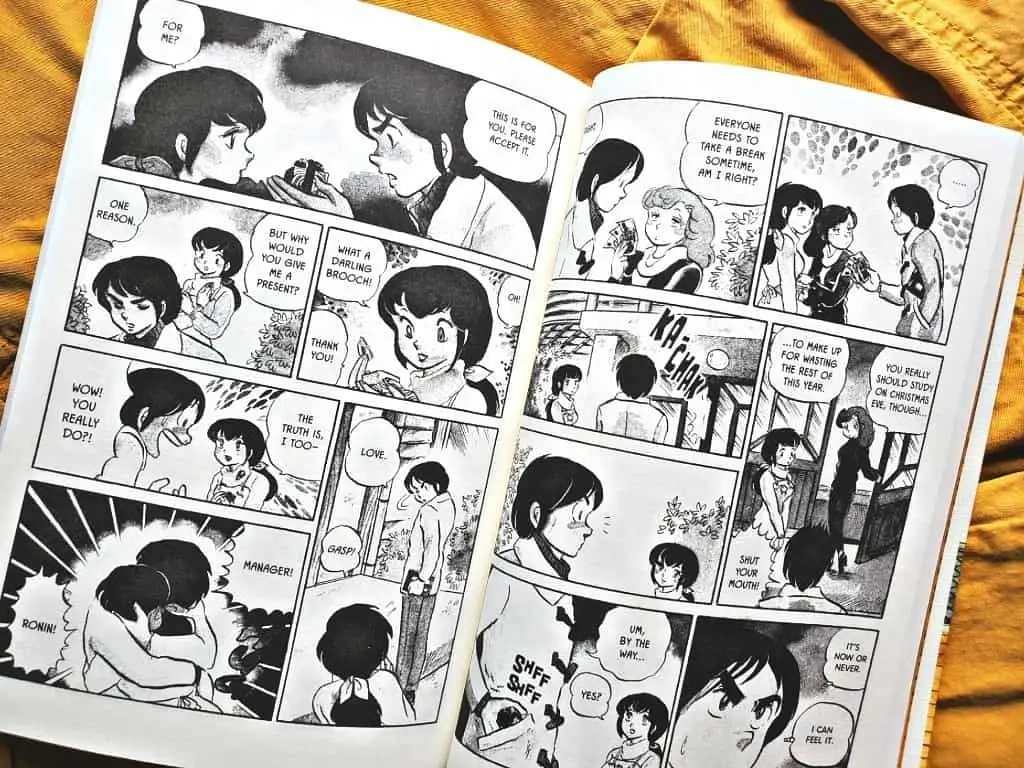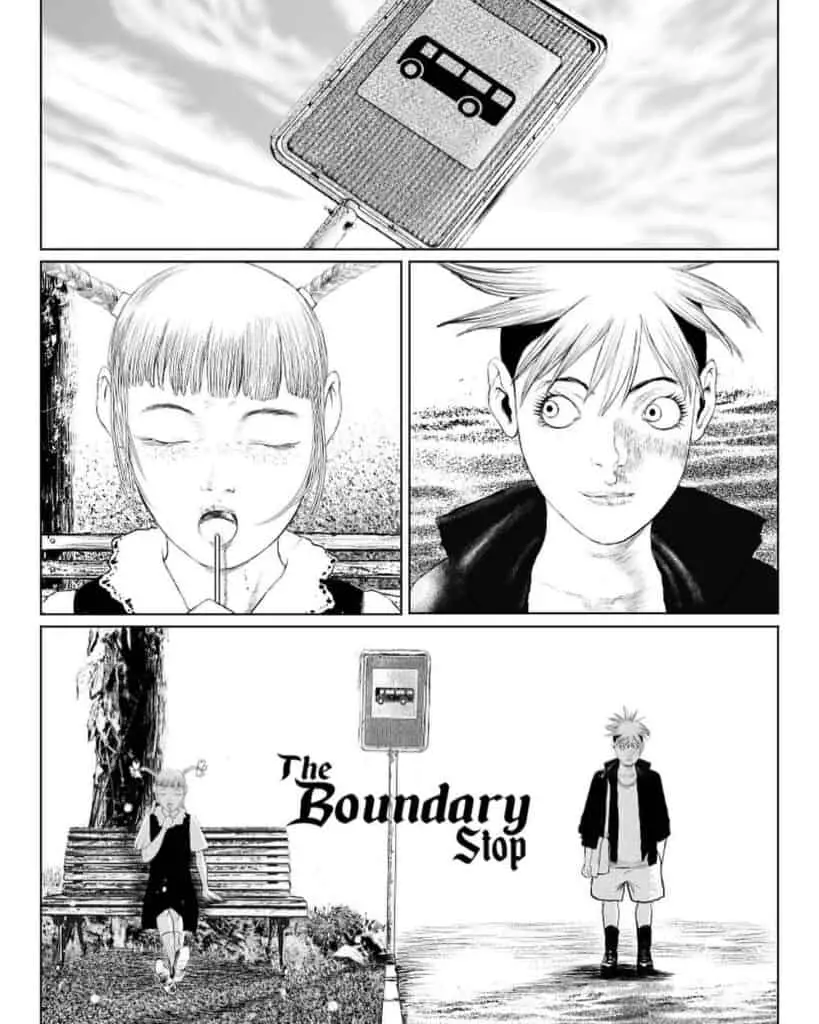Japan is a captivating country with a unique culture that we frequently see exported to Western countries, including a love for many of their forms of entertainment like anime.
However, their entertainment isn’t just confined to movies and TV shows. The two most popular Japanese literary styles are manga and light novels.
So what’s the difference between manga and a light novel? The main difference between manga and light novels is their format. Mangas tend to be more similar to western comic books, whereas light novels are like novellas that feature illustrations, typically being longer than manga but shorter than full-length novels.


There’s a lot more that goes into the differences between these two genres, but that’s a pretty good summation of what you can expect to experience from both manga and light novels.
I’m also going to take a deeper look at what goes into making each of them, so if you’re interested in learning more, bear with me.
Are you a fan of manga? Do you love the way the drawings portray emotion and tell stories? If so, you’re in luck: learning how to draw manga is easier than you might think.
Manga and Light Novel Difference
To give you a better idea of how these two kinds of written entertainment differ from each other, I’m going to take a look at each of them individually. I’ll start off by exploring manga and what you can expect while reading manga before moving on to light novels and the unique features that they tend to have.
Manga

In the simplest terms, manga are Japanese graphic novels or comic books, and while they may share some similarities with western comics, there are also some differences. Manga has a long history in Japan, as this form of literature has existed in its current form since at least the 1800s.
If you want to dive deeper into the history of manga, artwork resembling comics or graphic novels has existed in Japanese culture for centuries.
One thing to consider is that in Japan, manga tends to refer to many different types of comics and cartoons, and even Western comics.
However, from the perspective of someone outside of Japan, then the term manga is only used to refer to graphic novels that were produced in Japan. One of the main differences between manga and western comic books is that manga tends to be printed in black and white for a variety of different reasons.
Along with it being tradition to print manga in black and white, it also has the advantage of cutting down on the costs of producing the actual books since no ink needs to be used. This also allows manga to be produced much faster since the artists don’t need to go through and color the panels.
Manga is also released differently when compared to Western comics, which are usually released in individual issues.
While this sometimes occurs in Japan, manga is more frequently released in manga magazines which feature single issues of several different manga series, and each series is continued in each subsequent magazine.
Manga is also frequently interlinked with anime, and manga can be produced as an offshoot of an anime series or vice versa, depending on which gained traction in the public eye first. This isn’t too different to Western comics, in which we’re seeing more and more comic book story arcs transformed into shows (e.g. The Boys, Invincible, etc.).
What’s even more impressive is that manga has influenced offshoots in the same style from around the world. This includes manhwa from South Korea, manhua from Taiwan, China, and Hong Kong, and DZ-manga from Algeria.
Light Novels

Light novels are often conflated with manga because of how they feature illustrations that typically resemble the style of the art that you’ll find in manga books. However, aside from the art style and the fact that both kinds of entertainment feature illustrations and a narrative, there are precious few similarities between the two.
This genre is similar to Western young adult novels, primarily targeting students that are in either middle school or high school and above. Of course, this doesn’t mean that adults can’t read them, since there are plenty of adult fans of light novels that tend to follow their preferred series loyally.
In Japanese, a light novel is known as a raito noberu, which is a Japanese term formed from English words. Light novels can also be referred to as ranobe or simply LN. No matter what they’re called, light novels are typically held to similar standards, with a relatively short length and frequent publications within a series.
These frequent publications are a well-known hallmark of light novels, with some being published as often as once a month. As you would expect, this puts immense stress on the authors of the novels, and authors tend to have a high turnover rate, meaning that publishers are always looking for new writers.
To incentivize new talent to come to publishing houses, contests are often held for light novel writers, with cash and other prizes available as incentives to get them to work for publishing houses. Light novels are typically sold as paperbacks, and they tend to be relatively affordable compared to full novels.
You can expect a light novel to come in at about 50,000 words, which is on the lower end of what you’d expect to see in a Western book. This is why light novels are typically compared to novellas instead of full-length novels, as they can be read in a similar amount of time.
A similarity between light novels and manga is in how they are published. While many light novels are released in the form of complete books, you can also expect them to be released in a serialized format in magazines. As with manga, these magazines typically feature various light novels and they continue their stories throughout future issues.
As with manga, you can expect to find a wide range of genres when looking for light novels, but one thing to consider is the demographic differences when it comes to who reads them. While manga tends to be read by Japanese boys and girls, light novels tend to be a lot more popular with girls.
